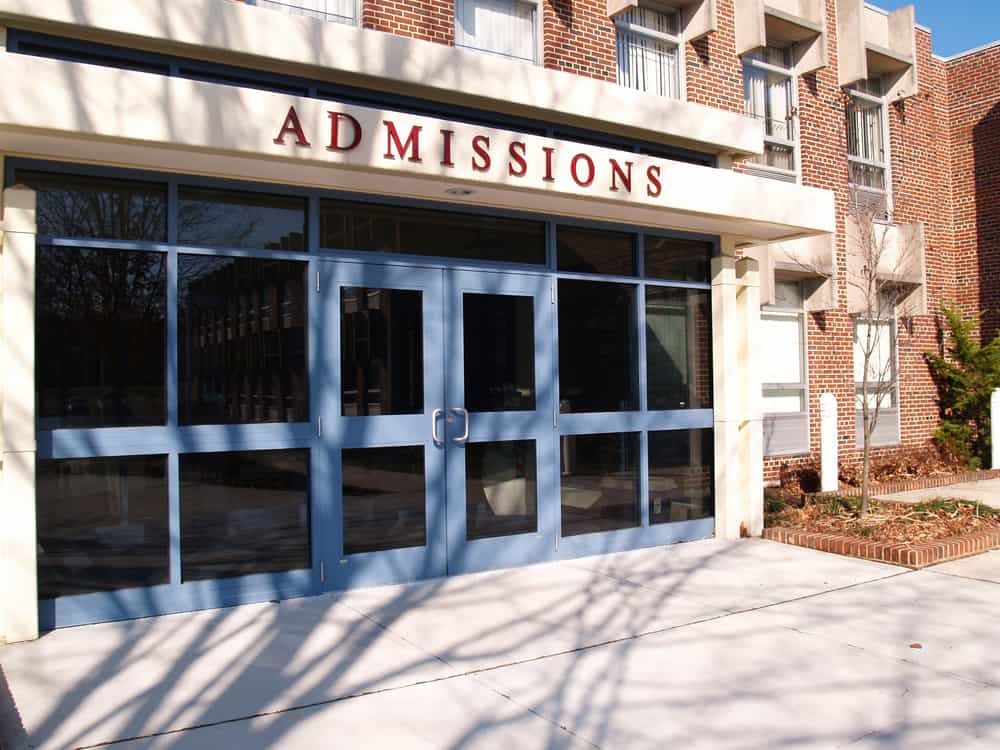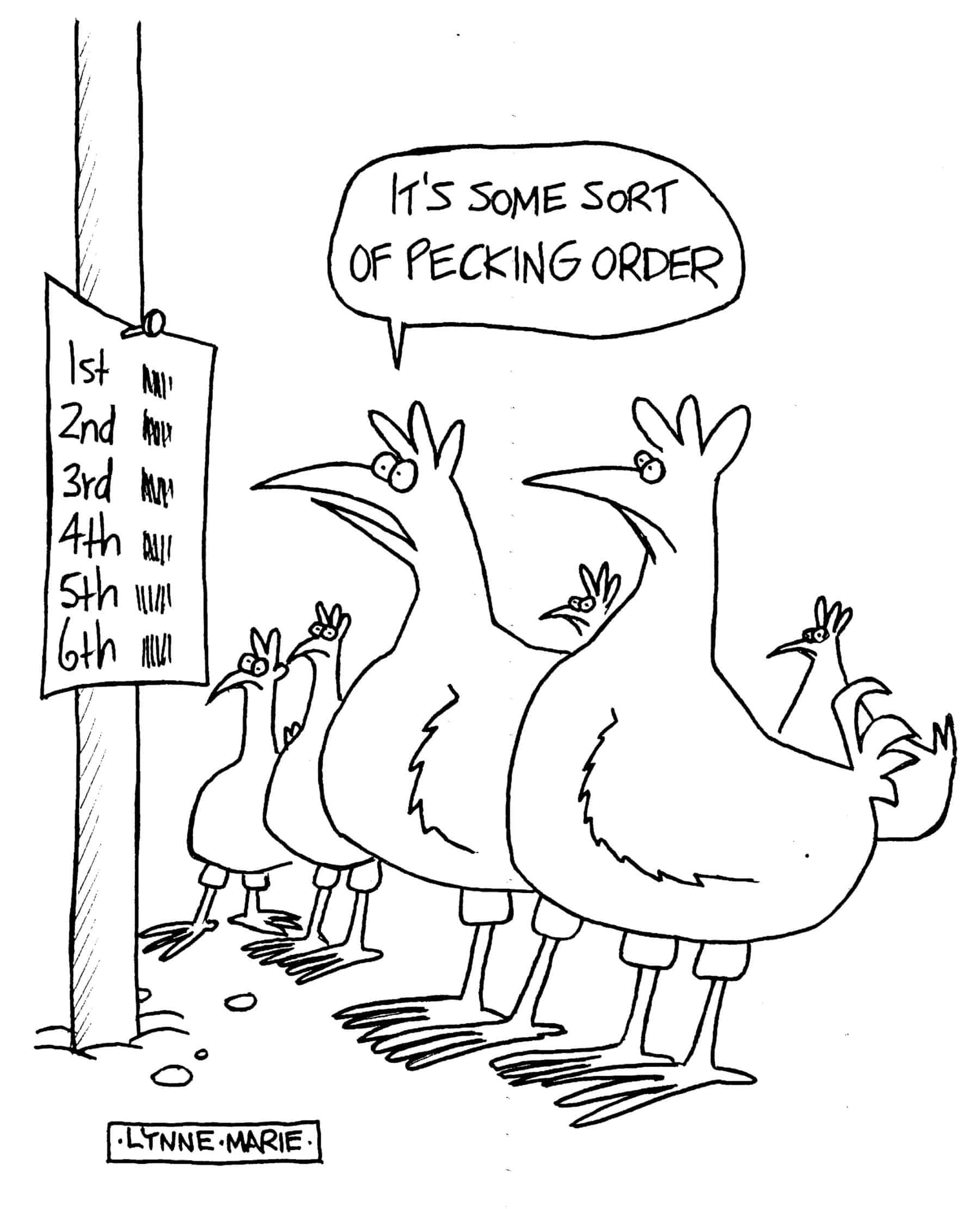
If you’ll be filling out the FAFSA during this admission season for a high school teenager, be careful how you list the colleges that your child will be applying to.
Colleges could use that information against you.
Some schools — no one knows how many – are checking the FAFSA to see in what order an applicant lists his or her schools. A family can designate up to 10 schools at one time on the FAFSA. The U.S. Department of Education shares the FAFSA information with all the designated schools on an applicant’s list, as well as applicable state agencies that award aid.
The federal government never intended for this information to be used as a tip sheet for colleges, but it’s apparently become one.
The issue came to the forefront this week when Inside Higher Ed published this story on the phenomenon:
Using FAFSA Against Students
The story suggested that schools could be denying admission and reducing aid to students based on the order of colleges listed on the FAFSA. Some  schools might deny admission or wait list students who put the institutions close or nearer the bottom of the list.
schools might deny admission or wait list students who put the institutions close or nearer the bottom of the list.
Equally troubling, some schools could be giving less aid to students who put their No. 1 choice at the top of the FAFSA list. Schools could conclude that they don’t have to offer as much money to those kids because they are eager to attend.
I had heard about this practice, but had never seen a story regarding it, which prompted me to write the following post for my college blog at CBS MoneyWatch:
Be Careful What You Share on the FAFSA
One person whom I interviewed for the piece was David Hawkins, the director of public policy and research at the National Association for College Admission Counseling. He started making inquiries about the practice after an Inside Higher Ed journalist contacted him. Hawkins told me that he was “surprised how quickly” these insiders were confirming the use of the FAFSA lists.
How You Can Fight Back
I’ve always wondered how schools used this information which is why when I applied for financial aid for my son Ben in 2010, I listed his schools in alphabetical order. It just so happened that his No. 1 school – Beloit College — was also first on the alphabetized list. And that’s what I’d suggest that you do. Alphabetize your list.
A friend of mine with a high school senior suggested this week that she could list just one school at a time on the FAFSA. That would be time consuming and it also wouldn’t work, according to Mark Kantrowitz, the financial aid guru, who is vice president at Edvisors Network. Each time a family submits the FAFSA to another school, an update would go out to all the previous schools on the student’s list.
In reaction to the Inside Higher Ed report, the Department of Education is exploring whether it should stop sharing college lists with schools. I think that is a no brainer.

This article was based on a story published by Inside Higher Ed in 2013. Since that time, there have been developments by the DoE in how FAFSA data is shared. I would encourage readers to research this via the Inside Higher Ed web site to learn about current practice and where this issue stands.
The fafsa form specifies that the colleges reciving your fafsa information will not be able to see your list of schools. No need to freak everyone out!
This is great info – I have twin seniors – and I think our strategy will be to put a #3/4 school at the top and then another 4/5 and then the number 1, 2, 3…..with a few devoys….both my girls are looking at number of east coast schools, and we will be sure to have some west coast and UT as well to keep them guessing. thank you!
Lynn,
Have you heard any more about Colleges using the FAFSA order to determine amount of a student’s financial aid package? Do you think these are isolated situations and not worth being concerned about?
If a student applies in the fall before the FAFSA is even completed, how then could this possible work?
Charles Feiner
Last night our high school counselor said that they discussed this at a very recent conference. She said they advised professionals to tell their students to list only a few colleges on their initial FAFSA form – not all of the ten schools they were applying to. Then, when they receive their “number” from FAFSA, to call the remaining schools and give them that number. I was not sure how this all worked, or what strategy to use for listing the schools, what order, which ones to leave off and call later?
Have you heard anything about this? Any ideas?
Hi Jennifer,
That doesn’t make any sense. You can’t call in to the federal government with any numbers. All schools will receive notification of any additional schools that a child applies to. The only answer is to alphabetize the schools on the FAFSA.
Lynn O’Shaughnessy
Hu Lynn,
Can you elaborate on this a little more, any proof or reference besides the Kantrowitz’s claim, this is serious:
“A friend of mine with a high school senior suggested this week that she could list just one school at a time on the FAFSA. That would be time consuming and it also wouldn’t work, according to Mark Kantrowitz, the financial aid guru, who is vice president at Edvisors Network. Each time a family submits the FAFSA to another school, an update would go out to all the previous schools on the student’s list.” Thanks.
Hi Nuri,
Mark Kantrowitz probably knows more about the financial aid system than nearly everyone in the U.S. Department of Education. I would definitely believe him. The way around this is to alphabetize your child’s list.
Lynn O.
So-called “demonstrated interest” could be interpreted by colleges that a student is a “sure thing,” but college officials are cynical enough to think that lots of students are gaming the system. The problem for them is deciding which students are doing so. It’s a real problem for them for which parents should take full advantage.
Lynn, In your book you recommended the article in the Atlantic Monthly 2005, titled “The best Class Money Can Buy.” As you said it is an “eye opener.” The following is from the article:
“Schools also use detailed data to systematically cut aid to students whose behavior shows they are likely to accept admission anyway. A student who lists a school first when asked where to send test scores, files for financial aid with that school, and then visits campus has tipped his hand, and some schools will figure, why waste money to attract a sure thing?”
According to the article this is common practice which colleges refuse to acknowledge and has been occurring for awhile. I googled to see if there were any other mentions about this practice and have not found any.
That is until I saw your post above. The article makes clear (in the above) that this includes not only FAFSA, but test scores, visits etc. I attended a financial aid presentation by the State of NJ last week and asked about this. He said that the higher the state schools are listed in FAFSA the quicker the turn around. It was answered quickly so I wasn’t able to ask a follow-up.
When my daughter applied to schools list year we took the same approach as you, A-Z, but I was struck by the numbering system. If a student is applying to more than 2-3 schools (which most do) I doubt that they have any preference and if smart will wait to see what the final package will be before making the final decision.
Your point is well taken and it should all be done A-Z. But until then, If this is common practice, the smart consumer should not put his first choice first. In fact I would advise listing state colleges first, then private colleges.
So my question is, do you think this is widespread (knowing no one will say yes) and if so, would you recommend that strategy? Also, are you aware if the author of that article, Matthew Quick, covers education? (or was this a one shot deal) Maybe he has additional information.
This is obviously “inside information”, and an enrollment manager will use it since it’s not illegal.
I would appreciate any comments that you may have. Thank you.
If you apply to more than 10 colleges by deleting the first set and then adding additional ones, do all the schools see both lists?
It definitely works both ways. My daughter applied to California schools that were similar to the Eastern schools she really wanted to go to, and I believe they offered money based on the possibility that she might stay in her home state. Even though she had absolutely no desire to stay in California. I must have read that somewhere in the College Solution. 🙂
Great to hear from you Bruce. I think I did mention that in my book. Is your daughter a senior now? I’ve lost track.
Lynn O.
I have always wondered how the super-selective schools maintain such incredibly high yield rates despite the supposed fact that so many kids apply to several if not all of them. These schools get apps from all the same students yet magically they manage, to a great extent year in and year out, to only accept students that most/all of the others have rejected. Could it also be the case that schools use the FASFA list to determine whether a student is also applying to peer schools?
So if Yale is considering a highly qualified applicant that applicant has a better chance of admission if Harvard and Princeton are not also on the FASFA list? I suppose the same logic could be used with less selective schools as well. Absence or peer schools on the list could be a tie breaker for determining acceptance.
This is yet a third way in which the list can be used against students, and it exists no matter in what order the schools are placed.
This suggests a need for a balance between expressing interest in a school (e.g., not being a stealth applicant), and not expressing too much interest.
It would also suggest that some students will try to manipulate the schools as well. A star student, especially a minority student, getting strongly recruited by a certain school might put that school at the bottom of his or her list to try and coax a better aid package from that school.
What about the strategy of submitting multiple FAFSAs, with the schools listed in a different order each time?